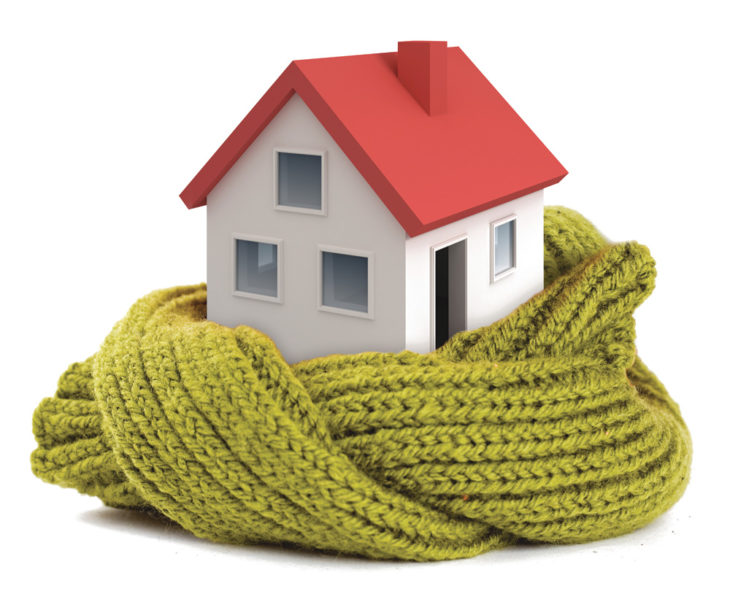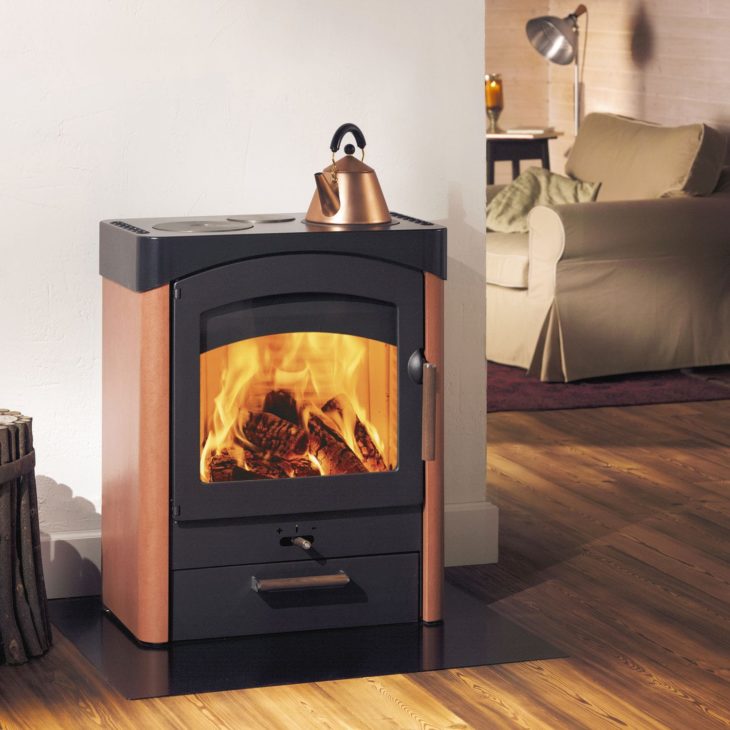Staying warm at home is a high priority for many of us—home is the place we want to feel warm, content, and cozy. The big question is: what’s the best way to heat your home? With so many options to consider, it can be tough to make the right choice for your family. Do you go eco-friendly with the latest brands, or start searching for something affordable? Do you need a combination option, or will an open fire suffice? Here are some of the most popular home-heating methods to help you decide, and make sure you stay toasty and warm all winter!
Furnaces
A popular option, furnaces work by blowing warm air into special ducts. These then deliver the heated air into rooms throughout the house, using either grills or air registers. This option is a heating system which is commonly known as a forced warm-air or ducted warm-air distribution system and is usually powered by fuel-oil, natural gas, or electricity.
Boilers

Img source: urbanfarmonline.com
Most commonly used to heat hot water, some boilers –known as ‘combination boilers’ –are now designed to heat both the house and the water. They work through distributing the heat through the hot water, and this radiates heat as it passes through the radiators and similar devices throughout the home, powered by a pump. Cool water is then returned to the boiler, reheated, and redistributed.
Boilers are most commonly fueled by heating oil or natural gas and are a popular option for many homeowners. Some boilers also use Immersion Heaters by Rama Corporation as a backup to keep the water storage tanks at a stable temperature.
Fireplaces
Fireplaces have a dual advantage. They can be used to heat the home, and provide an attractive centerpiece for your living room, making them an attractive choice. They should be equipped with a tight-sealing glass door, a chimney damper, and a source of outside air to maximize efficiency and provide the optimum amount of heat.
Wood burning or pellet stoves
Wood and pellet burning stoves are another very popular option that can be particularly useful in rural areas where you have easy access to firewood. Even if you purchase your wood, in some regions this is a cheaper option than electricity, oil, or gas alternatives.

Img source: archiexpo.com
Most wood-burning stoves are following clean-burning regulations from the US Environmental Protection Agency, and this is a cheap and cheerful way to heat your home. Pellet stoves are even less polluting, and it can be easier to control the temperature and air quality. You can get more information on pellet stoves here.
Radiant floor heating
This choice is perhaps an option you may not have previously considered, but one which can be hugely beneficial. Underfloor heating is a growing market which is increasing in popularity due to its effectiveness. It works through circulating warm water in tubes located beneath the flooring. This will warm the floor, and, thanks to the fundamental principle that heat rises, will warm the room and the people in it. It is very easy to control, allowing you to achieve the ideal temperature and offers high efficiency. It can be expensive to install but offers cost-saving benefits once in place.
